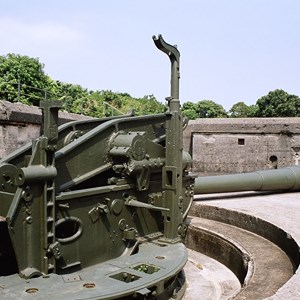

Manila, the capital of the Philippines, is one of Asia's best-kept secrets. As the capital of the only predominantly Catholic country in the Orient, it presents a unique blend that feels slightly out of place, yet vibrantly infused with Latin American and Caribbean influences. Music and dancing are ubiquitous, and the city's warmth and enthusiasm can easily rival that of Bangkok. Manila's rich history, shaped by centuries under Spanish religious influence and decades of American consumerism, has led to the saying that the city spent "400 years in a convent and 50 in Hollywood".

Philippine peso (PHP or ₱)

911

Philippine Daily Inquirer: www.inquirer.net
Manila Bulletin: mb.com.ph
The Manila Times: www.manilatimes.net
The Philippine Star: www.philstar.com
Manila Standard: manilastandard.net
Daily Tribune: tribune.net.ph

Shops usually open from 10am to 8pm, but shopping malls close at 9pm or 10pm. Smaller shops close for lunch between noon and 2pm. There are many 24-hour convenience stores and drugstores. Malls are open on Sundays and public holidays.

1.8 million

philippines.travel/destinations/manila
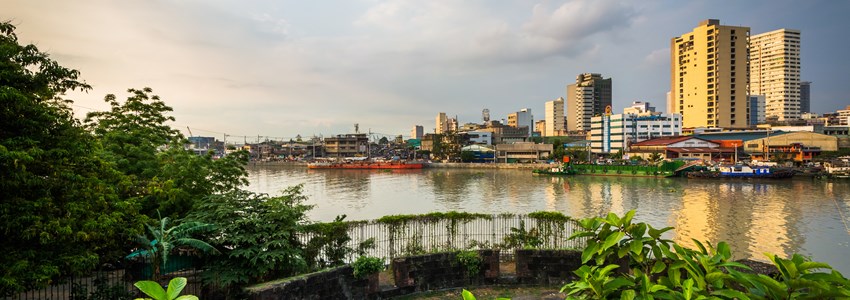 Jon Bilous/shutterstock
Jon Bilous/shutterstock
The City
Metro Manila is an urban sprawl that has swallowed up 11 cities and five towns in the past two centuries. It’s a place of opposites: old and new wealth and poverty, grandiosity and decay. Smog, traffic jams and a general air of decay make a less than favourable first impression, but just beneath the surface lies a fascinating and pulsating place to enjoy. The Filipinos call it ‘The City of Our Affections’ where the people’s love affairs with fashion, music, entertainment and sheer fun are on bright and beautiful display.
By day, the original, medieval walled city of Intramuros delights with its history and elegant Latin architecture. By night — and it can be a very long night — the bright lights of Ermita and Makati beckon with jazz pubs, clubs, karaoke lounges, 24-hour diners and trendy bars. The Filipino people’s zest for life, natural friendliness and ease with the English language make them the perfect hosts, always ready to invite you to their daily party. This is a fun city where your shoulders loosen in relaxation and only the muscles you use to smile are seriously stressed.
 Tappasan Phurisamrit/shutterstock
Tappasan Phurisamrit/shutterstock
Do & See
Manila’s colourful history has created an interesting range of attractions to keep the energetic sightseer busy for several days. There are plenty of historical sites to admire and museums where you can learn more about the city and its culture.
Take a stroll along Roxas Boulevard and witness the famous Manila sunset after exploring the UNESCO World Heritage-listed San Agustin Church and one of the oldest churches in Manila — the Manila Cathedral. And don’t forget the stunning nature the city has on offer like the beautiful Taal Volcano with a breathtaking view, or take a guided tour to the small rocky island of Corregidor.
For sure, there are plenty to explore including shiny gems in a city with a bustling, sprawling and unique atmosphere. The cosmopolitan city of Manila is Asia’s best-kept secret and it is just waiting to be explored.
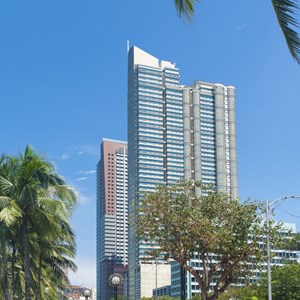 hans engbers/Shutterstock.com
hans engbers/Shutterstock.com
Roxas Boulevard
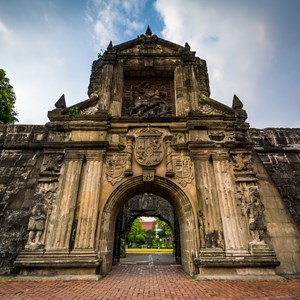 Jon Bilous/Shutterstock.com
Jon Bilous/Shutterstock.com
Fort Santiago
 Nicolesa/Shutterstock.com
Nicolesa/Shutterstock.com
Club Intramuros Golf Course
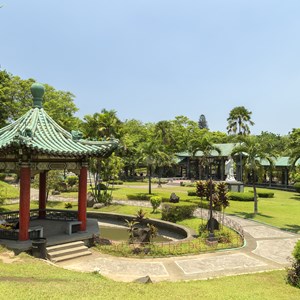 aldarinho/Shutterstock.com
aldarinho/Shutterstock.com
Rizal Park
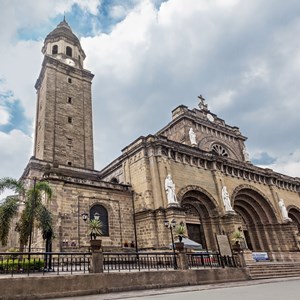 saiko3p/Shutterstock.com
saiko3p/Shutterstock.com
Manila Cathedral
 Jomar Aplaon/Shutterstock.com
Jomar Aplaon/Shutterstock.com
San Agustin Church
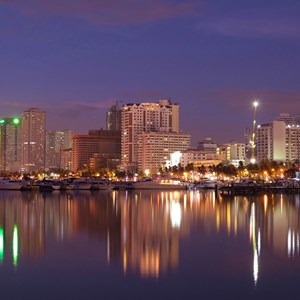 Jomar Aplaon/shutterstock
Jomar Aplaon/shutterstock
The Manila Hotel
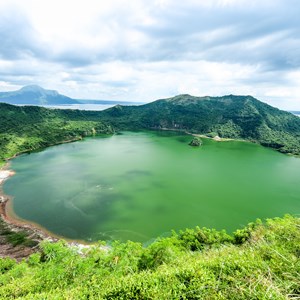 Sthaporn Kamlanghan/Shutterstock.com
Sthaporn Kamlanghan/Shutterstock.com
Taal Volcano
 Labrador Photo Video/Shutterstock.com
Labrador Photo Video/Shutterstock.com
City Tour With A Segway
 Pressmaster/shutterstock
Pressmaster/shutterstock
Manila Luxury Spa

Bahay Tsinoy
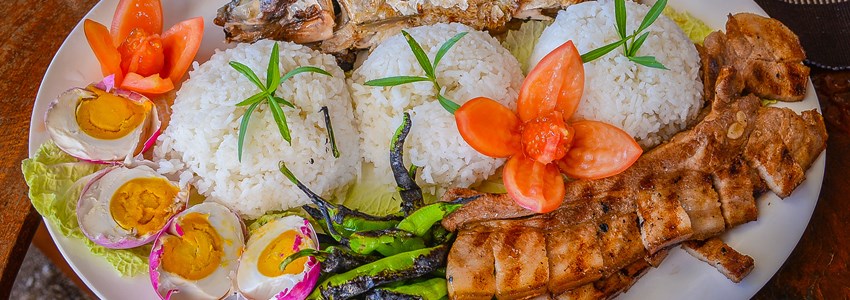 jejim/shutterstock
jejim/shutterstock
Dining
While Philippine cuisine may not be universally acclaimed as among Asia's best, Filipinos have a deep love for food, particularly enjoying a leisurely long lunch traditionally eaten with their hands from a banana leaf. Manila stands out as one of the most affordable cities for enjoying a diverse array of international cuisines — including Thai, Chinese, Japanese, French, and Italian — each meeting global standards. Coupled with excellent service and beautiful dining settings, Manila offers a delightful experience for those looking to wine and dine.
 Natthawon Chaosakun/shutterstock
Natthawon Chaosakun/shutterstock
Via Mare
 Kzenon/Shutterstock.com
Kzenon/Shutterstock.com
Sala
 bernatets photo/shutterstock
bernatets photo/shutterstock
Casa Armas Tapas Bar y Restaurante
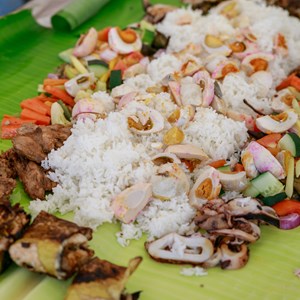 ARTRAN/shutterstock
ARTRAN/shutterstock
Trellis
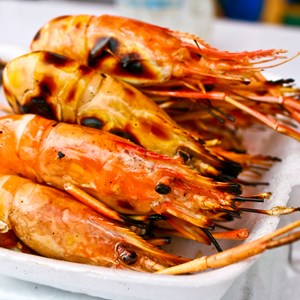 fotorich01/Shutterstock.com
fotorich01/Shutterstock.com
Harbor View Restaurant
 Kzenon/Shutterstock.com
Kzenon/Shutterstock.com
G Point Smörgåsbord & Bar
 Kzenon/shutterstock
Kzenon/shutterstock
Cabel Filipino Heritage Cuisine
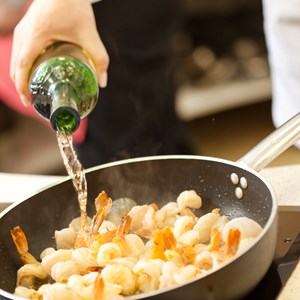 Shebeko/Shutterstock.com
Shebeko/Shutterstock.com
Banana Leaf
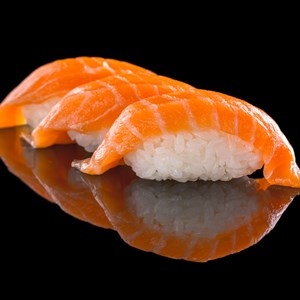 Mateusz Gzik/Shutterstock.com
Mateusz Gzik/Shutterstock.com
Nobu Manila
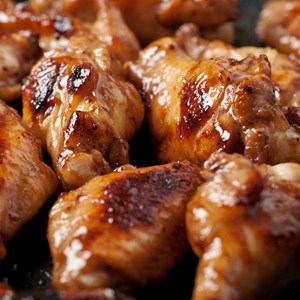 KucherAV/Shutterstock.com
KucherAV/Shutterstock.com
The Aristocrat
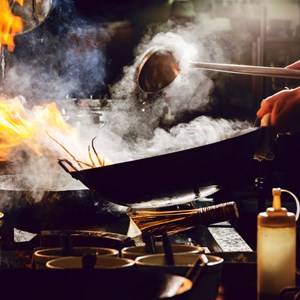 Wasant/Shutterstock.com
Wasant/Shutterstock.com
Bistro Remedios
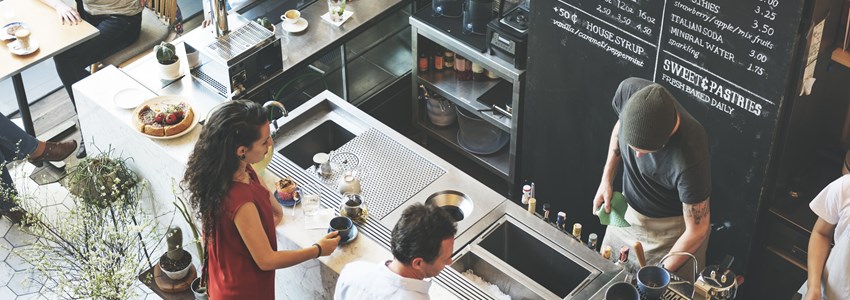 Rawpixel dot com/shutterstock
Rawpixel dot com/shutterstock
Cafes
Manila's coffee culture is flourishing, with countless local cafes and major international chains to choose from. The city's baristas are passionate about their craft, ensuring that whether you prefer your coffee hot or iced, strong or mild, black or flavoured, you'll find the perfect brew to satisfy your taste. And when you're in the mood for something sweet, Manila's cafes offer an enticing selection of desserts and pastries to complement your coffee or tea.
 richardernestyap/shutterstock
richardernestyap/shutterstock
Hizon's Cakes & Pastries
 Oleg Kashaev/shutterstock
Oleg Kashaev/shutterstock
Cupcakes By Sonja
 Alexandra Lande/shutterstock
Alexandra Lande/shutterstock
Mary Grace
 Ari N/shutterstock
Ari N/shutterstock
Pancake House
 Bplanet/shutterstock
Bplanet/shutterstock
The Coffee Bean & Tea Leaf
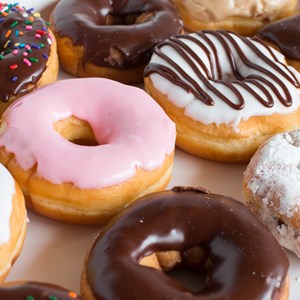 Busara/shutterstock
Busara/shutterstock
J. CO Donuts & Coffee
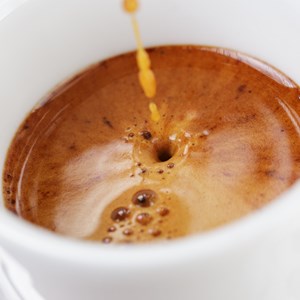 GooDween123/shutterstock
GooDween123/shutterstock
Habitual Coffee
 I love coffee/shutterstock
I love coffee/shutterstock
The Washery Laundromat & Café
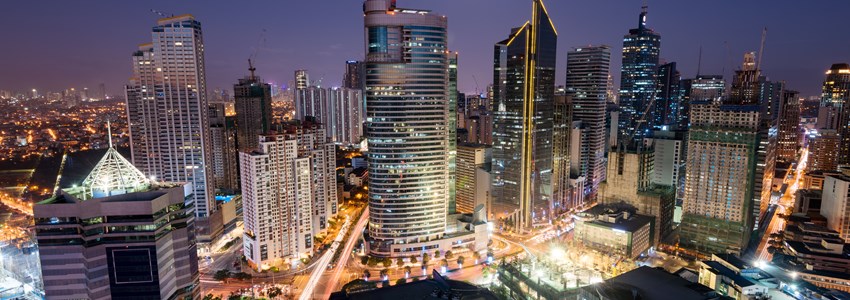 r.nagy/shutterstock
r.nagy/shutterstock
Bars & Nightlife
Filipinos take fun seriously and Manila’s bars are among Asia’s liveliest. Happy hour is everyone’s favourite time of day — and lasts long into the night at certain hangouts. Great service, ice-cold drinks, and music nearly everywhere.
Manila is party central. Venues stay open until 5am at weekends and 3am midweek. The nightlife centres are on JM Nakpil Street, Makati Avenue or Pasay Road in Makati and throughout the Malate and Ermita districts. The palace, Manilas biggest destination is also a great place to head for when in the party mood.
 welcomia/shutterstock
welcomia/shutterstock
Newport World Resorts Casino & Bars
 Africa Studio/shutterstock
Africa Studio/shutterstock
The Tap Room
 Efired/shutterstock
Efired/shutterstock
Bar Rouge
 Syda Productions/shutterstock
Syda Productions/shutterstock
Revel at The Palace
 Pavel L Photo and Video/shutterstock
Pavel L Photo and Video/shutterstock
XYLO at The Palace
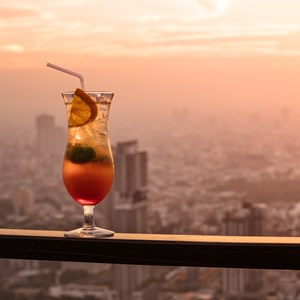 Kim Wutimet/shutterstock
Kim Wutimet/shutterstock
Sky Deck View Bar
 Stokkete/shutterstock
Stokkete/shutterstock
12 Monkeys Music Hall & Pub
 Pressmaster/shutterstock
Pressmaster/shutterstock
Shopping
Manila one of the most exciting shopping destinations in Southeast Asia thanks to the giant malls so-called 'megamalls' where you basically will find everything your heart might desire. The malls are open seven days a week and generally the doors opens at 10 or 11. These air-conditioned malls are also a welcome escape from the tropical heat and many families and friends are regularly spending the entire days to stroll around the stores or to have a bite to eat. Many of these malls are not just for shopping, but also boasts with theatres, spas, ice-skating rinks and cinemas, making them to a huge entertainment complex.
When you get tired of the malls, head over to one of the bazaars (called tiangge) or the markets that overflows with the hottest trends and some amazing bargains to bring back home. You can easily stock up on clothes, shoes and accessories without breaking your wallet but make sure to bargain and try to aim to pay about 30 to 40 percent lower than the original price.
Clothes, shoes and accessories are the best deals but be aware the size of the clothes tends to be smaller in Asia.
 Karramba Production/Shutterstock.com
Karramba Production/Shutterstock.com
SM Mall of Asia
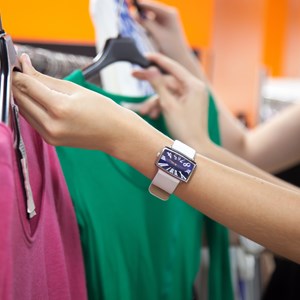 fizkes/Shutterstock.com
fizkes/Shutterstock.com
Greenhills Shopping Centre
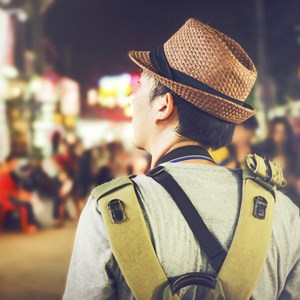 Twinsterphoto/Shutterstock.com
Twinsterphoto/Shutterstock.com
Divisoria Market
 Pressmaster/shutterstock
Pressmaster/shutterstock
Ayala Malls (One Ayala)
 milanzeremski/Shutterstock.com
milanzeremski/Shutterstock.com
Shangri-La Plaza
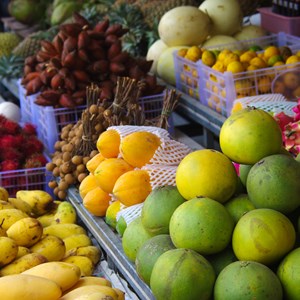 Natalia Sidorova/Shutterstock.com
Natalia Sidorova/Shutterstock.com
San Andres Market
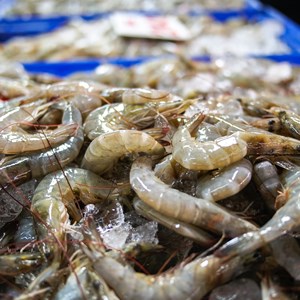 antpkr/Shutterstock.com
antpkr/Shutterstock.com
Seaside Dampa / Seaside Market
 May_Chanikran/Shutterstock.com
May_Chanikran/Shutterstock.com
Silahis Arts & Artifacts
 Dolly MJ/Shutterstock.com
Dolly MJ/Shutterstock.com
Balikbayan Handicrafts
 Pressmaster/Shutterstock.com
Pressmaster/Shutterstock.com
Robinsons Place Mall
 fizkes/Shutterstock.com
fizkes/Shutterstock.com
168 Shopping Mall
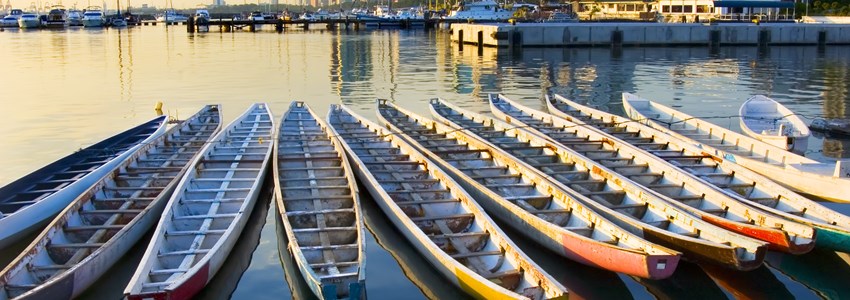 Antonio V. Oquias/shutterstock
Antonio V. Oquias/shutterstock
Tourist Information
Passport / Visa
The Philippines can be visited visa-free for up to 30 days by citizens of all European Union member states, all ASEAN member states, the UK, the USA, Canada, Australia, New Zealand, Japan, South Korea, South Africa, Malaysia, Israel, the UAE and most countries in Latin America. A valid return or onward ticket and a passport that is valid upon entry and for at least six months beyond the period of stay are required to enter the Philippines. If you are unsure whether or not you need to apply for a visa, contact the embassy or consulate in your country.
Address:
Email:
Phone:
Website: en.wikipedia.org/wiki/Visa_policy_of_the_Philippines
More Information:
Best Time to Visit
The dry period between November and April is the peak tourist season in the Philippines. Hidden areas and remote islands are fully accessible, and temperatures are very mild, especially from December to February.
During the wet season, from May to October, you can still enjoy sunny days, but bear in mind that typhoons can occur.
The months of May and November are considered low season, which means smaller crowds and lower prices for flights and accommodation. The weather is still pleasant, nonetheless.
Address:
Email:
Phone:
Website:
More Information:
Airport
Ninoy Aquino International Airport (MNL), also known by the abbreviation NAIA, is 7 kilometres from the centre of Manila, located south of the city, and southwest of Makati City's Central Business District.
A taxi is for sure the quickest, most efficient and safest way to travel to and from the airport. You can book a taxi at an official desk at the airport or grab a taxi outside the terminal. The journey can take between 30 minutes to one hour, depending on the time of day and the traffic. There are two types of taxis: yellow and white. The yellow taxis are the officially registered and certified taxis at the airport and one of the best and safest means of transportation. The white taxis (street taxis) are not allowed inside the airport's arrival (only arriving at the departure level) and if you decide to take one of these, be careful, the driver can give you a higher fixed price without using the meter.
Another option is to arrange for a hotel transfer to pick you up. This you should arrange in advance, but it is one of the most expensive options.
Address: Paliparang Pandaigdig ng Ninoy Aquino, Manila
Email:
Phone:
Website: www.miaa.gov.ph
More Information:
Jeepneys
Jeepneys, originally made from converted US military jeeps, are a popular and colourful mode of transport in Manila. These 16-seat vehicles operate on pre-set routes with a fixed fare. Routes are displayed on the front of each jeepney. To ride, simply flag one down and let the driver know when you'd like to disembark.
Address:
Email:
Phone:
Website: theculturetrip.com/asia/philippines/articles/how-to-ride-a-jeepney-in-the-philippines
More Information:
Taxi
Taking a taxi in Manila is an affordable way to navigate the city. You can hail a taxi on the street or book one by phone, but it's important to ensure that it is registered and metered. If a taxi driver claims the meter isn't working, it's advisable to find another cab. Also, carrying small peso notes is wise to avoid overpaying; drivers may claim they don’t have change even when they do.
The best app for summoning a taxi in the Philippines is Grab.
Address:
Email:
Phone:
Website:
More Information:
Post
In the Philippines, the postal system operates through PHLPost, which manages mail delivery and services across the archipelago. For travellers in Manila, postal services are easily accessible at post offices and postal kiosks in major areas, ideal for sending postcards and parcels. Rates are reasonable, and services are reliable, though delivery times can vary, especially for international mail.
Address: Central Post Office Building, Liwasang (Park) Bonifacio, Magallanes Drive, Intramuros, Manila
Email: info@philpost.gov.ph
Phone: +63 923 442 7017
Website: www.phlpost.gov.ph
More Information:
Pharmacy
Drug stores abound in Metro Manila, many operated by market leader Mercury Drug.
Address: Mercury Drug San Andres, 660 San Andres Street, Malate, Manila
Email:
Phone: +63 2 8911 7854
Website: www.mercurydrug.com
More Information:
Telephone
Country code +63
Area code: (0)2
Address:
Email:
Phone:
Website:
More Information:
Electricity
The Philippines uses American-style power sockets with two flat prongs as well as European-style sockets with two round prongs. Expect 220 volts at 60Hz.
Address:
Email:
Phone:
Website:
More Information:



